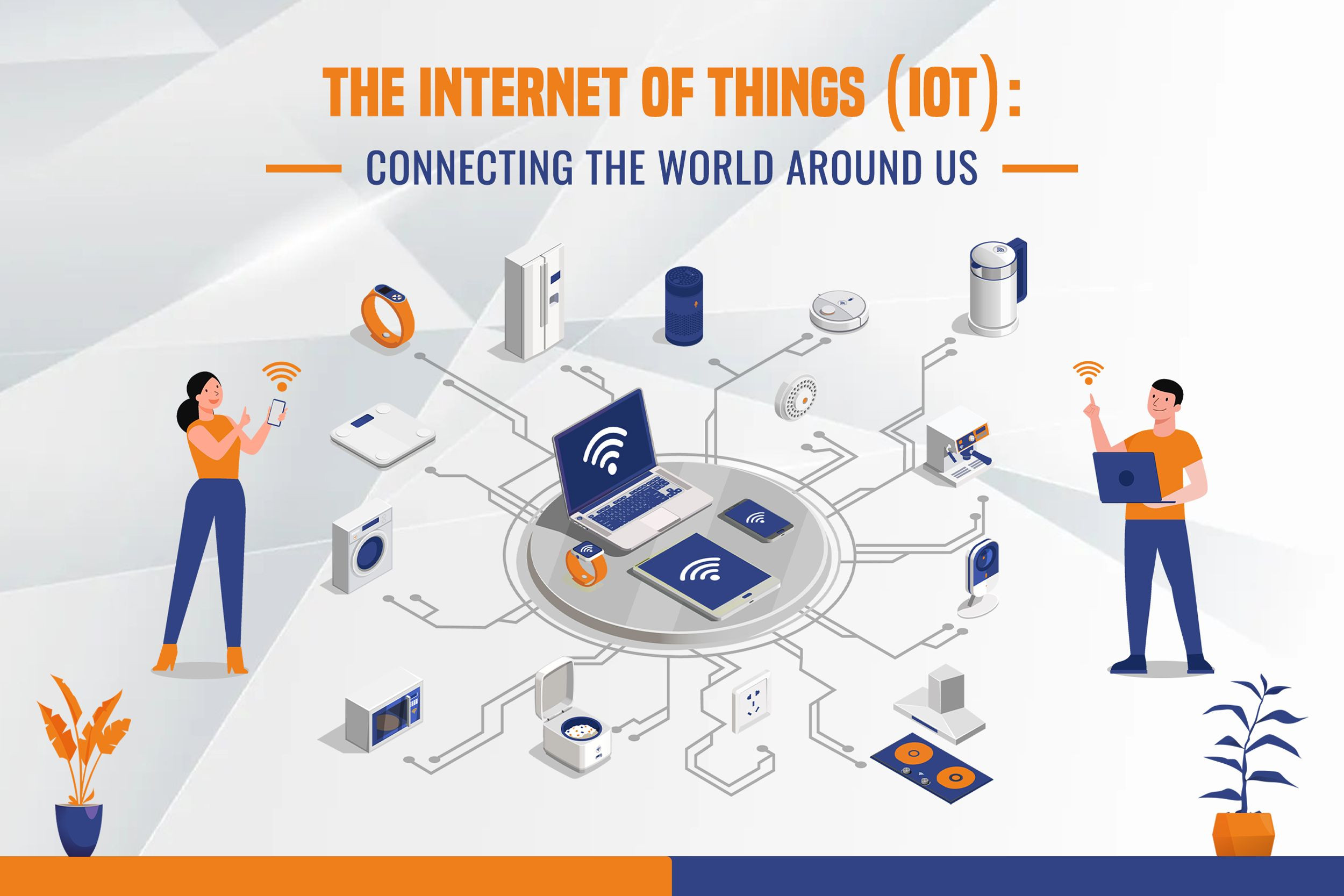Hydra Tech Insights
Stay updated with the latest in technology and gaming.
Is Your Toaster Spying on You? The Hidden Life of IoT Devices
Uncover the shocking truth: is your toaster spying on you? Dive into the hidden world of IoT devices and their secrets!
What Are IoT Devices and How Do They Work?
IoT devices, or Internet of Things devices, refer to a vast array of physical objects that are embedded with sensors, software, and other technologies to connect and exchange data with other devices and systems over the internet. From smart home appliances like thermostats and refrigerators to wearables such as fitness trackers, these devices have transformed the way we interact with our environment. The core functionality of IoT devices hinges on their ability to collect data and communicate it back to a central system for processing, ultimately enabling automation and smarter decision-making.
The operation of IoT devices typically involves several critical components. Firstly, the sensors embedded within the devices gather valuable data, such as temperature, humidity, and location. This data is then transmitted via the internet to a cloud platform, where it can be analyzed and processed. Finally, users or other devices can access this information through applications, enabling features like real-time monitoring and remote control. As IoT technology continues to advance, the potential applications are continually expanding, reshaping industries from healthcare to agriculture.

Are Everyday Appliances Collecting Your Data?
In today's smart home environment, everyday appliances are becoming increasingly sophisticated, often equipped with the capability to collect and transmit user data. From smart refrigerators that can track your grocery inventory to washing machines that can be controlled via smartphone apps, these devices are not merely functional but also interconnected. This shift raises significant questions about privacy and data security, as many consumers are unaware that their appliances might be gathering information on their habits and preferences.
Moreover, the data collected by smart appliances can be utilized for a variety of purposes, including personalized marketing, performance optimization, and even predictive maintenance. As these devices continue to evolve, understanding how they collect data and what is done with it becomes crucial for consumers. It is essential to review privacy policies and settings on these devices to mitigate potential risks associated with data collection. By being informed, users can take steps to protect their privacy while still enjoying the conveniences that smart technology offers.
The Risks of Smart Home Technology: Security Flaws You Should Know About
As the popularity of smart home technology continues to rise, so too do the security flaws associated with these devices. Many consumers are unaware that their smart speakers, thermostats, and security cameras can be vulnerable to cyber attacks. Hackers can exploit weak passwords, outdated software, or even default settings, which puts personal data and home safety at risk. According to experts, it's essential for users to regularly update their devices and implement strong, unique passwords to mitigate these risks.
Another significant concern is the potential for data breaches. Smart home devices often collect vast amounts of personal information, which can be accessed through insecure networks. In 2020, several high-profile incidents highlighted how poorly secured devices can be hijacked, leading to unauthorized surveillance or even manipulation of home systems. To safeguard against these threats, users should consider using a dedicated network for their smart devices and enable features like two-factor authentication whenever possible.